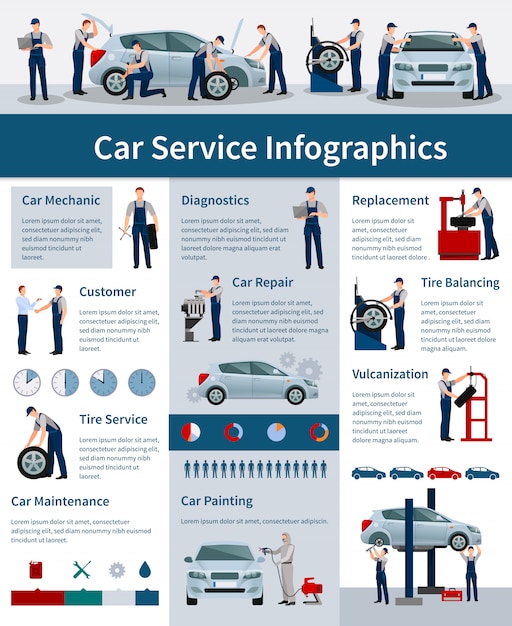Analyzing Your Automobile'S Warning Indicators: What They Really Convey
Analyzing Your Automobile'S Warning Indicators: What They Really Convey
Blog Article
Web Content Author-Lauritsen Shepherd
When you're behind the wheel, those beautiful warning lights on your dashboard can be a little bit puzzling. Do you understand what they're trying to tell you about your car's wellness? Recognizing the relevance of these lights is essential for your safety and the long life of your lorry. So, the next time among those lights pops up, wouldn't you want to decipher its message accurately and take the essential steps to resolve it?
Common Warning Lighting and Interpretations
Identify common warning lights in your automobile and understand their meanings to make certain secure driving.
interior shampoo car wash of the most normal caution lights consist of the check engine light, which signifies concerns with the engine or discharges system. If this light comes on, it's critical to have your vehicle inspected promptly.
The oil stress advising light indicates reduced oil pressure, calling for immediate attention to stop engine damages.
A flashing battery light may recommend a damaged billing system, potentially leaving you stranded otherwise attended to.
The tire pressure tracking system (TPMS) light notifies you to low tire pressure, influencing lorry security and gas efficiency. Overlooking this could lead to unsafe driving problems.
The ABS light indicates a problem with the anti-lock stopping system, jeopardizing your ability to stop rapidly in emergency situations.
Lastly, the coolant temperature level cautioning light warns of engine getting too hot, which can result in serious damages otherwise solved quickly.
Comprehending these typical warning lights will assist you deal with problems immediately and maintain risk-free driving problems.
Relevance of Prompt Attention
Recognizing the common caution lights in your car is only the initial step; the significance of without delay dealing with these cautions can't be highlighted enough to ensure your security on the road.
When a caution light illuminates on your dashboard, it's your auto's way of communicating a potential issue that needs interest. Neglecting these cautions can bring about a lot more extreme issues in the future, compromising your safety and security and possibly costing you much more in repairs.
Prompt interest to alerting lights can prevent breakdowns and accidents. For instance, a flashing check engine light can suggest a misfire that, if left unattended, might cause damages to the catalytic converter. Resolving this promptly can save you from an expensive repair work.
Likewise, simply click the up coming article cautioning light may indicate low brake fluid or used brake pads, vital components for your security when driving.
Do It Yourself Troubleshooting Tips
If you observe a caution light on your control panel, there are a couple of do it yourself fixing tips you can try before looking for specialist assistance.
hop over to this site is to consult your car's guidebook to comprehend what the particular warning light indicates. Sometimes https://hectorkezsn.spintheblog.com/30630147/reluctant-concerning-selecting-a-car-service-center-discover-expert-suggestions-for-locating-reliable-options-in-your-location-that-will-certainly-place-your-mind-comfortable can be as basic as a loosened gas cap triggering the check engine light. Tightening up the gas cap might deal with the trouble.
An additional typical problem is a low battery, which can set off various alerting lights. Inspecting the battery links for deterioration and ensuring they're protected might fix the issue.
If a caution light persists, you can try resetting it by disconnecting the cars and truck's battery for a few mins and afterwards reconnecting it. Furthermore, inspecting your car's liquid levels, such as oil, coolant, and brake fluid, can help repair advising lights connected to these systems.
Verdict
Finally, recognizing your automobile's warning lights is vital for keeping your car running efficiently and safely. By promptly dealing with these alerts and knowing what they imply, you can avoid expensive fixings and potential break downs.
Keep in mind to consult your car's guidebook for specific details on each alerting light and take action as necessary to guarantee a trouble-free driving experience.
Keep informed, stay safe when traveling!
